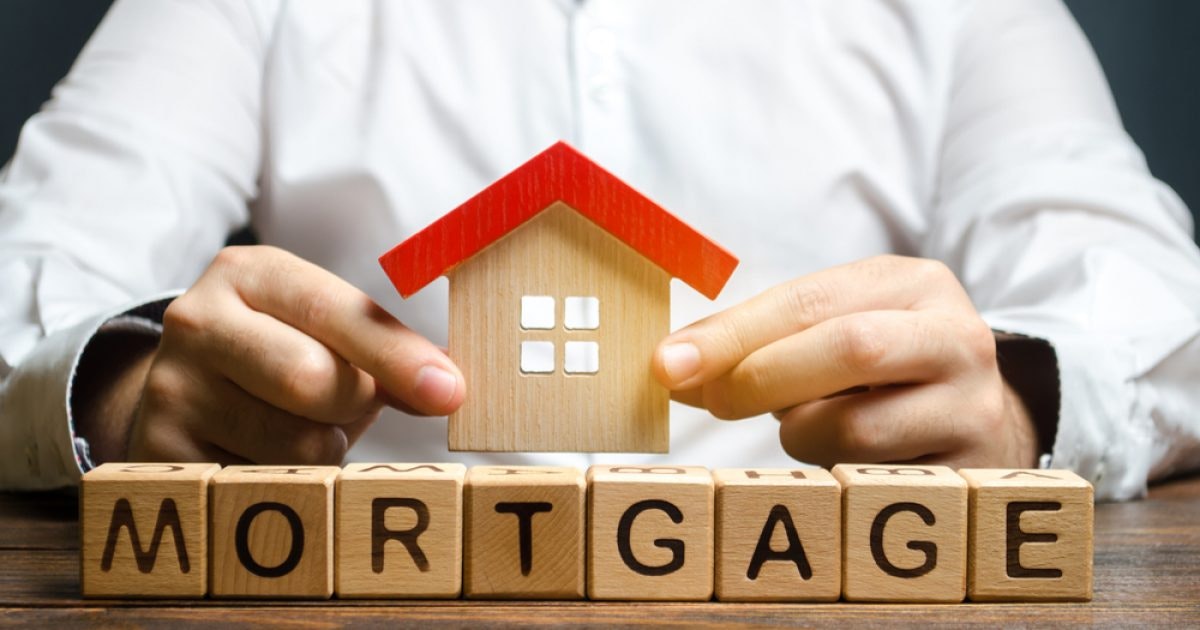When it comes to homeownership, one of the most significant financial milestones is building equity in your property. Equity represents the portion of your home that you truly own, free from the mortgage lender’s claim. It’s a valuable asset that can serve as a source of wealth and financial stability. However, building equity isn’t automatic; it requires strategic planning and smart financial management. In this guide, we’ll delve into the ins and outs of how to build equity with your 주택담보대출, offering actionable tips and advice to help you make the most of your investment.
Understanding Equity:
Before diving into strategies for building equity, let’s first clarify what equity is and how it’s calculated. Equity is the difference between the current market value of your home and the outstanding balance on your mortgage loan. For example, if your home is worth $300,000 and you owe $200,000 on your mortgage, your equity would be $100,000 ($300,000 – $200,000).
Building Equity Through Down Payments:
One of the most effective ways to build equity from the outset is by making a substantial down payment when purchasing your home. A larger down payment means you’re borrowing less money, resulting in a lower loan-to-value (LTV) ratio. Lenders typically offer better terms and lower interest rates to borrowers with lower LTV ratios, which can save you money on interest over the life of the loan.
Moreover, a higher down payment instantly boosts your equity stake in the property. For instance, if you purchase a $250,000 home with a 20% down payment ($50,000), you’ll have $50,000 in equity right from the start. On the other hand, if you only put down 10% ($25,000), your initial equity would be halved.
Accelerating Equity Through Principal Payments:
Once you’ve secured your mortgage loan, another way to build equity is by making additional principal payments whenever possible. Most mortgage loans are structured so that a portion of each monthly payment goes towards paying down the principal balance, while the rest covers interest and other fees.
By increasing your monthly payments or making lump-sum payments towards the principal, you can reduce the outstanding balance faster, thereby accelerating the growth of your equity. Even modest additional payments can have a significant impact over time, potentially saving you thousands of dollars in interest and years off your loan term.
Utilizing Bi-weekly Payment Schedules:
Another strategy to consider is switching to a bi-weekly payment schedule instead of making monthly payments. With a bi-weekly schedule, you make half of your monthly payment every two weeks, resulting in 26 half-payments per year (equivalent to 13 full payments). This effectively adds one extra payment per year towards your mortgage principal, helping you build equity more rapidly.
Refinancing to Shorten Loan Terms:
Refinancing your mortgage to a shorter loan term can also be a savvy move for building equity. By refinancing from a 30-year to a 15-year loan, for example, you’ll pay off your mortgage faster and accumulate equity at a quicker pace. While your monthly payments may increase, the long-term savings on interest and the faster equity growth can outweigh the higher payments.
However, it’s crucial to weigh the costs and benefits of refinancing carefully, taking into account factors such as closing costs, interest rates, and how long you plan to stay in the home. A financial advisor or mortgage professional can help you assess whether refinancing makes sense for your situation.
Making Home Improvements:
Investing in home improvements is another strategy for boosting equity, as it can increase the overall value of your property. Renovations that enhance both aesthetic appeal and functionality tend to yield the highest returns on investment. Examples include kitchen remodels, bathroom upgrades, adding a deck or patio, and landscaping improvements.
However, not all renovations provide a positive return on investment, so it’s essential to prioritize projects that align with your budget, long-term goals, and the local real estate market. Consult with real estate professionals or contractors to determine which upgrades are likely to yield the best results in terms of increasing your home’s value and equity.
Monitoring Market Trends:
Keep a close eye on local real estate market trends to ensure you’re maximizing the growth potential of your equity. If property values in your area are rising steadily, your home’s equity will naturally increase over time, even without making additional payments or improvements. Conversely, if the market is experiencing a downturn, it may be prudent to focus on paying down your mortgage balance rather than relying solely on appreciation to build equity.
Additionally, staying informed about market conditions can help you make strategic decisions regarding when to sell or refinance your home. Timing these transactions carefully can help you capture maximum equity and minimize potential losses.
Conclusion:
Building equity with your 소액대출 is a gradual process that requires careful planning, discipline, and financial savvy. By making a substantial down payment, accelerating principal payments, utilizing bi-weekly schedules, refinancing strategically, investing in home improvements, and staying informed about market trends, you can maximize the growth of your equity and secure your financial future.
Remember, building equity is not just about owning a home; it’s about building wealth and financial stability for yourself and your family. By implementing these strategies and staying proactive in managing your mortgage loan, you can unlock the full potential of homeownership and enjoy the rewards for years to come.









